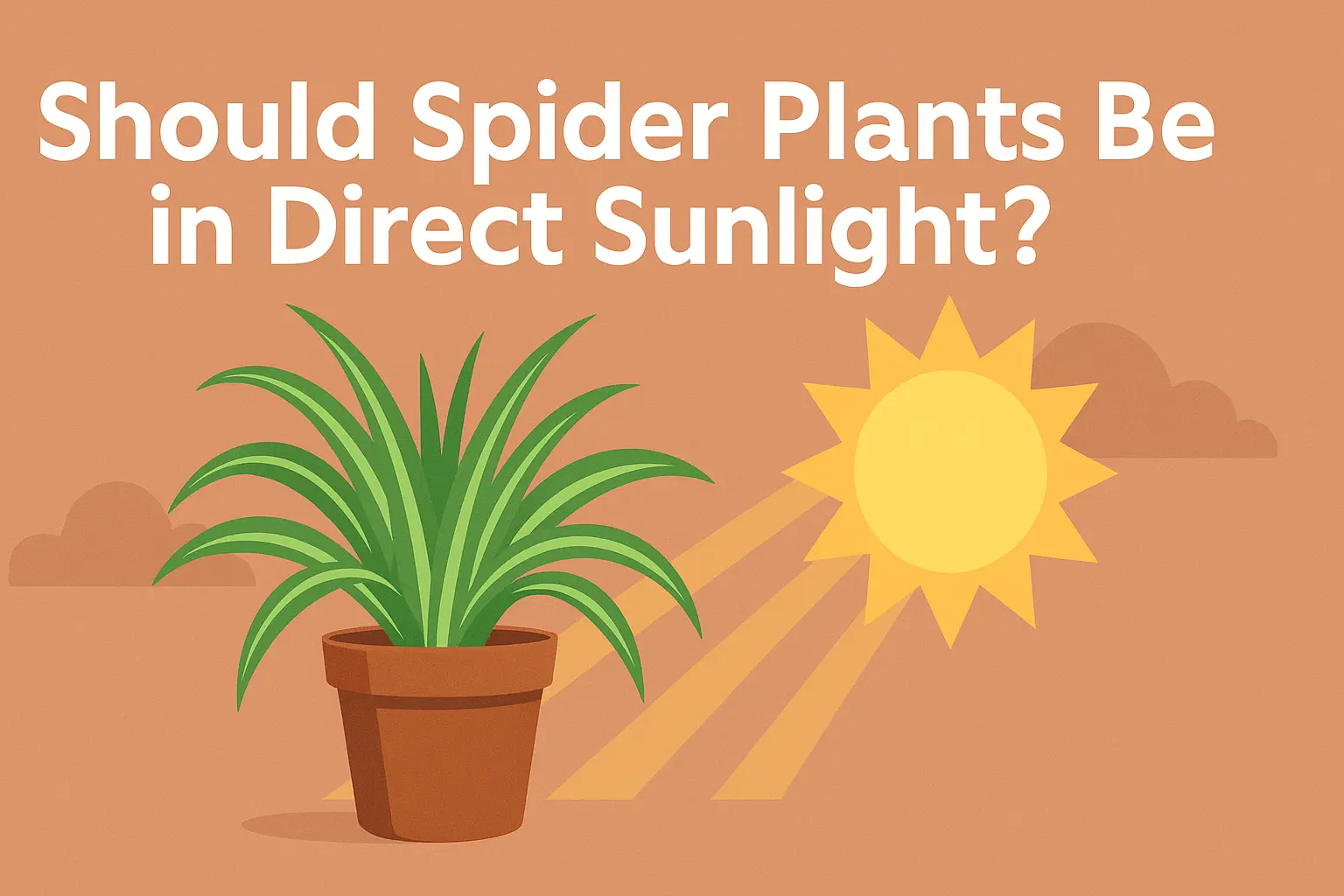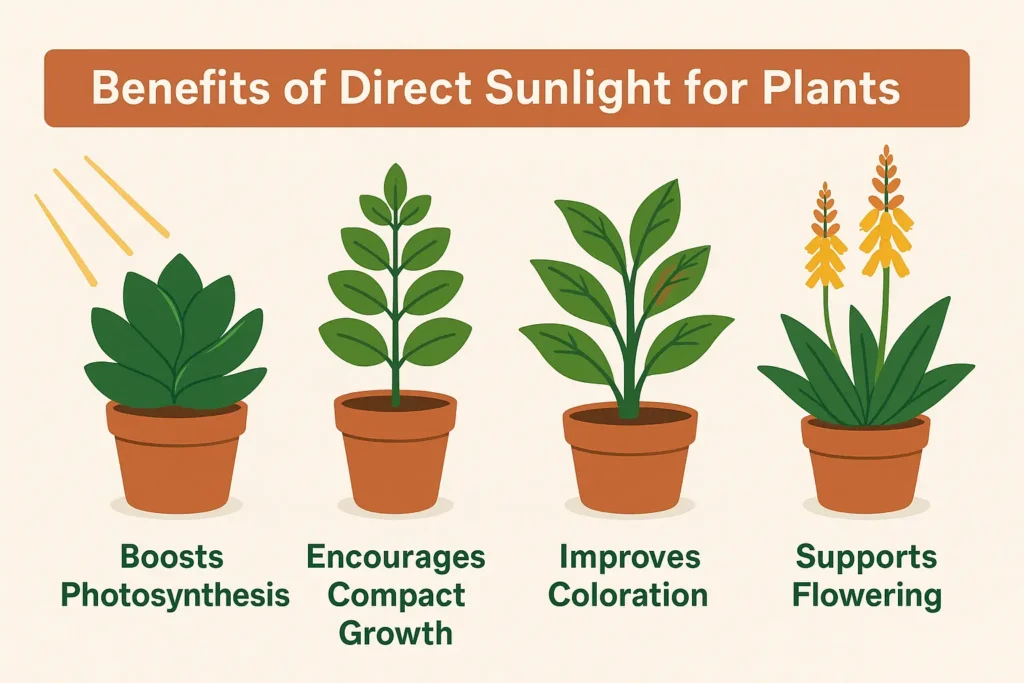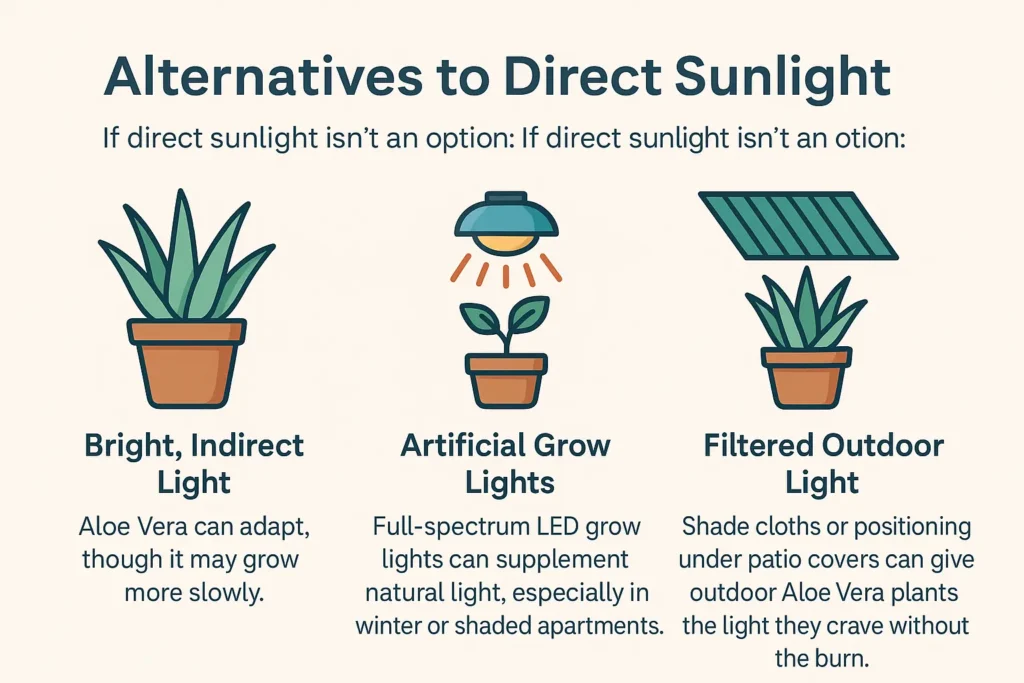Should Spider Plants Be in Direct Sunlight? A Complete Guide

Should spider plants be in direct sunlight?
Spider plants (Chlorophytum comosum) prefer bright, indirect sunlight. While they can tolerate a little direct sun, especially in the gentler morning hours, harsh afternoon sunlight can scorch their delicate leaves. For best results, place spider plants near a bright window with filtered light or in a spot with dappled shade. Keep an eye on their leaf tips for signs of too much sun exposure.
Introduction
Spider plants are one of those houseplants that quietly charm their way into every home. With their long, arching leaves and adorable baby spiderettes hanging down like green tassels, it’s no surprise they’ve become a household favorite. Easy to grow, forgiving of occasional neglect, and safe for pets, spider plants tick almost every box for indoor gardeners.
But even low-maintenance plants have their preferences, especially when it comes to sunlight.
That brings us to today’s question: Should spider plants be in direct sunlight? This isn’t just about finding a pretty spot for your plant—it’s about understanding its natural needs so it can truly thrive.
In this guide, we’ll walk through the benefits and risks of direct sunlight for spider plants, their ideal lighting conditions, practical care tips, and resources to help you keep them lush and healthy.
Understanding Spider Plants’ Natural Habitat
Before we dive deeper, let’s get to know the spider plant a little better.
Native to the tropical and subtropical regions of Southern Africa, spider plants are accustomed to growing beneath the forest canopy. This means they naturally receive dappled sunlight, shielded by taller vegetation. They’ve evolved to thrive in bright but filtered light, making them ideal houseplants for windowsills, shelves, or hanging baskets.
Because of this adaptation, the question “should spider plants be in direct sunlight” becomes important for plant parents who want lush, green foliage without crispy, sun-scorched leaves.
Benefits of Direct Sunlight for Spider Plants
If you’ve ever wondered why should mint plants be in direct sunlight, moderate exposure does offer some benefits:
- Photosynthesis Boost: A few hours of gentle morning sun can give your spider plant an energy boost, enhancing photosynthesis and overall vigor.
- Healthier Growth: Proper lighting supports vibrant green leaves and can even encourage the growth of spiderettes (baby plant offshoots).
- Strengthened Leaves: Moderate sunlight can help toughen up the leaves, making them less prone to drooping.
Risks of Excessive Direct Sunlight for Spider Plants
One of the most common mistakes new plant owners make is placing their spider plants in a window that gets intense, direct sunlight all day. Here’s why that’s a problem:
- Leaf Burn: Spider plants are prone to leaf scorch, which shows up as brown, crispy tips or faded patches.
- Dehydration: Excessive sun speeds up water evaporation, drying out both soil and foliage faster than the plant can handle.
- Stress and Stunted Growth: Persistent overexposure can stunt the plant’s growth, leading to limp, unhappy leaves.
Answering the question “should spider plants be in direct sunlight” is simple: minimal direct exposure is okay, but prolonged, intense sunlight is a no-go.ght they need.lly during peak summer, basil appreciates some relief from the scorching afternoon sun..
Ideal Lighting Conditions for Spider Plants
So what’s the sweet spot?
- Bright, Indirect Light: Place spider plants near east or north-facing windows where they can bask in filtered sunlight.
- Morning Sunlight is Safe: A few hours of gentle morning sun won’t hurt and can actually be beneficial.
- Avoid Afternoon Sun: West and south-facing windows might be too harsh unless filtered through sheer curtains.
If you’re still wondering should spider plants be in direct sunlight, remember this—indirect light mimics their natural habitat best.
For more detailed light recommendations, check out the Plants for Direct Sunlight Guide.
Alternatives to Direct Sunlight
When natural light conditions aren’t ideal, don’t worry. There are plenty of alternatives to keep your spider plant happy:
- Filtered Light Solutions: Sheer curtains or blinds are excellent for diffusing harsh light.
- Shade Cloth for Outdoors: If growing spider plants outside, provide shade cloth to protect them from direct sunburn.
- Grow Lights: In darker rooms, full-spectrum grow lights can mimic bright, indirect sunlight effectively.
While you navigate these solutions, keep asking yourself: “should spider plants be in direct sunlight or filtered light?” The answer will almost always lean toward filtered light.pplementing with grow lights ensures your mint keeps producing those aromatic leaves.
Seasonal and Location-Based Adjustments
Lighting conditions change with the seasons, and so should your spider plant care:
Climate Considerations: In hotter regions, even morning sun might be too intense, while cooler climates might allow more flexibility.ade.
Winter: Lower sun intensity allows for slightly more direct exposure, but still be cautious.
Summer: Move spider plants further from windows or increase shading.
Practical Tips to Manage Light Exposure
To fine-tune your spider plant’s light conditions, here are some actionable steps:
- Observe Leaf Tips: Brown, crispy tips often signal too much direct sunlight.
- Rotate Regularly: Turn the plant every few weeks for even light exposure.
- Use Light Meters or Apps: Affordable light meters or smartphone apps can help you measure foot-candles of light in your chosen spot.
- Adjust Watering Accordingly: Brighter conditions may require more frequent watering, but avoid soggy soil.
Still asking yourself, should spider plants be in direct sunlight? The recurring theme is moderation. A bit of gentle sun is fine—harsh rays are not.nd yield.
Conclusion
Let’s circle back: should spider plants be in direct sunlight?
The answer is mostly no, with a pinch of yes. While spider plants can handle short bursts of direct morning sunlight, they thrive best in bright, indirect light that mimics their native, forest-understory habitat.
Too much direct sun will scorch their leaves, dry them out, and cause stress. Providing the right balance of filtered light and occasional gentle sun ensures healthy, happy spider plants with lush, arching leaves.
Check out our plants for direct sunlight guide. It’s packed with practical tips for sun-loving plants beyond basil.
Explore More Guides and Calculators
At PlantCalculators, we’re all about making plant care easier. Dive into our other handy guides and tools:
- Mulch Calculator: Find out how much light your specific plant needs.
- Watering Calculator: Personalized watering guides based on your environment.
- Soil Calculator: Get the dirt on soil mixes and feeding routines.
Visit our Houseplants section for a full library of resources designed to help your plants thrive.
Recommended Resource for Further Reading
For expert-backed, science-based houseplant care tips, we highly recommend this comprehensive guide from the University of Illinois Extension. It’s a fantastic resource for learning about indoor plant care, common issues, and best practices.


